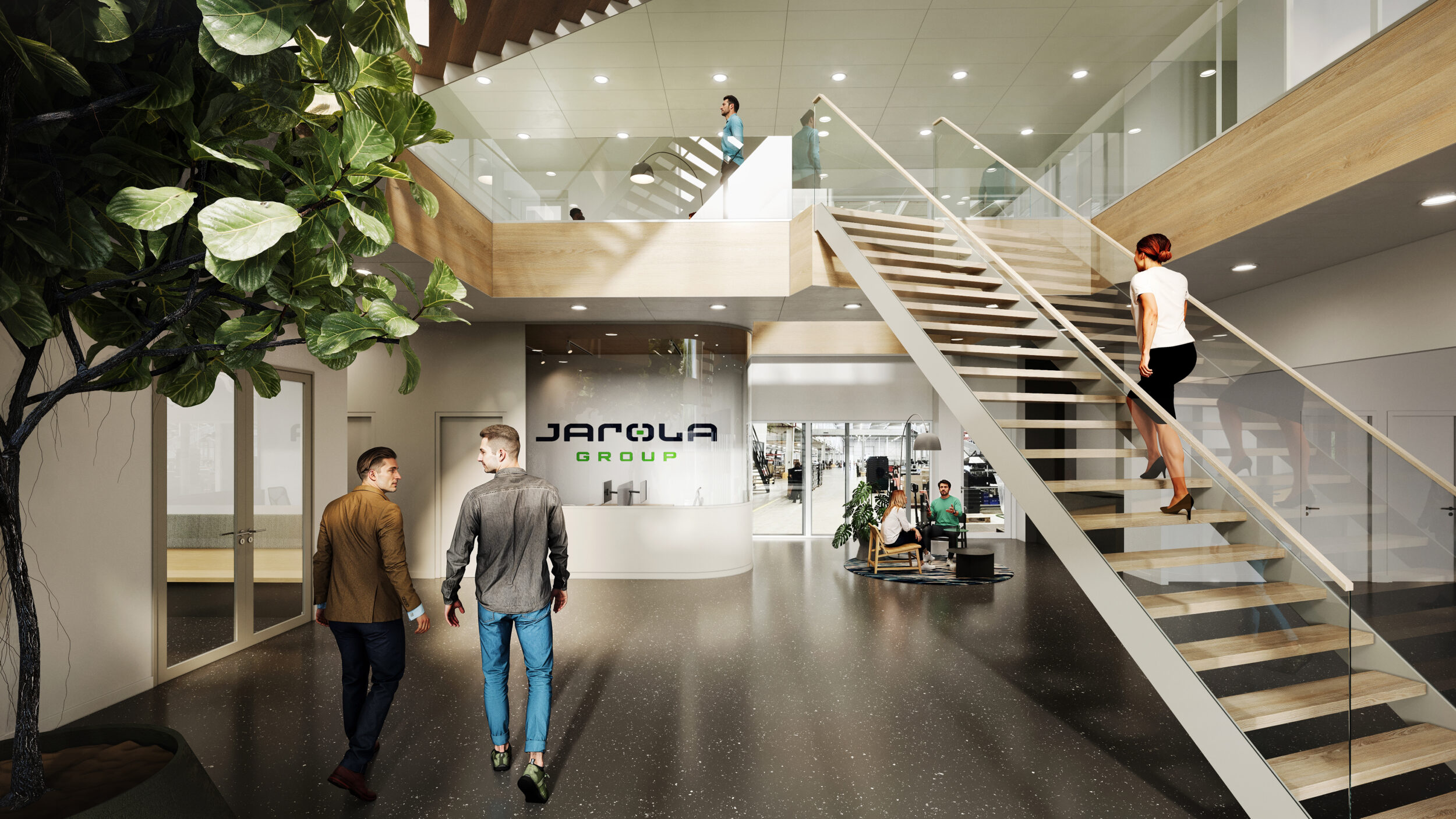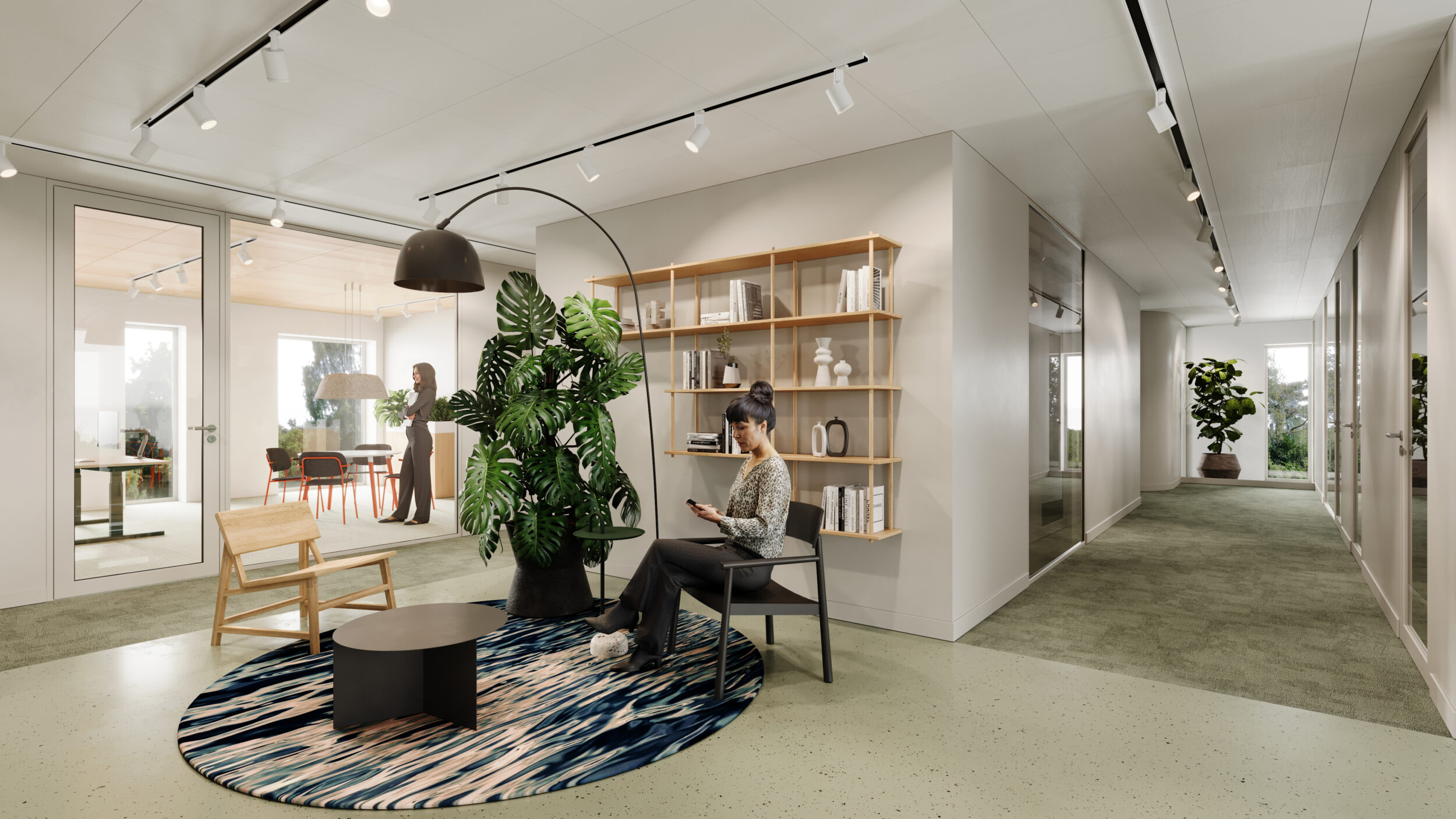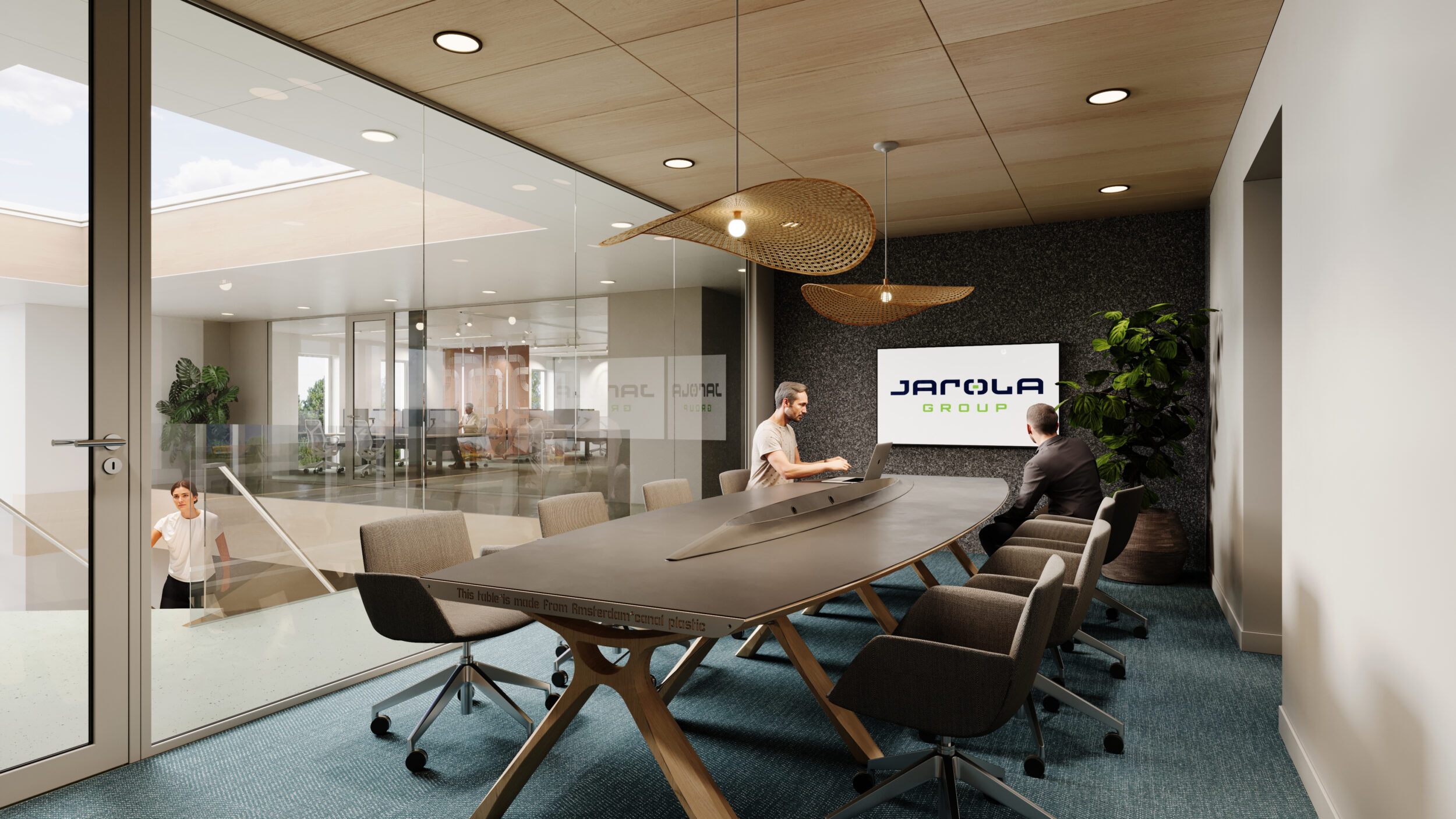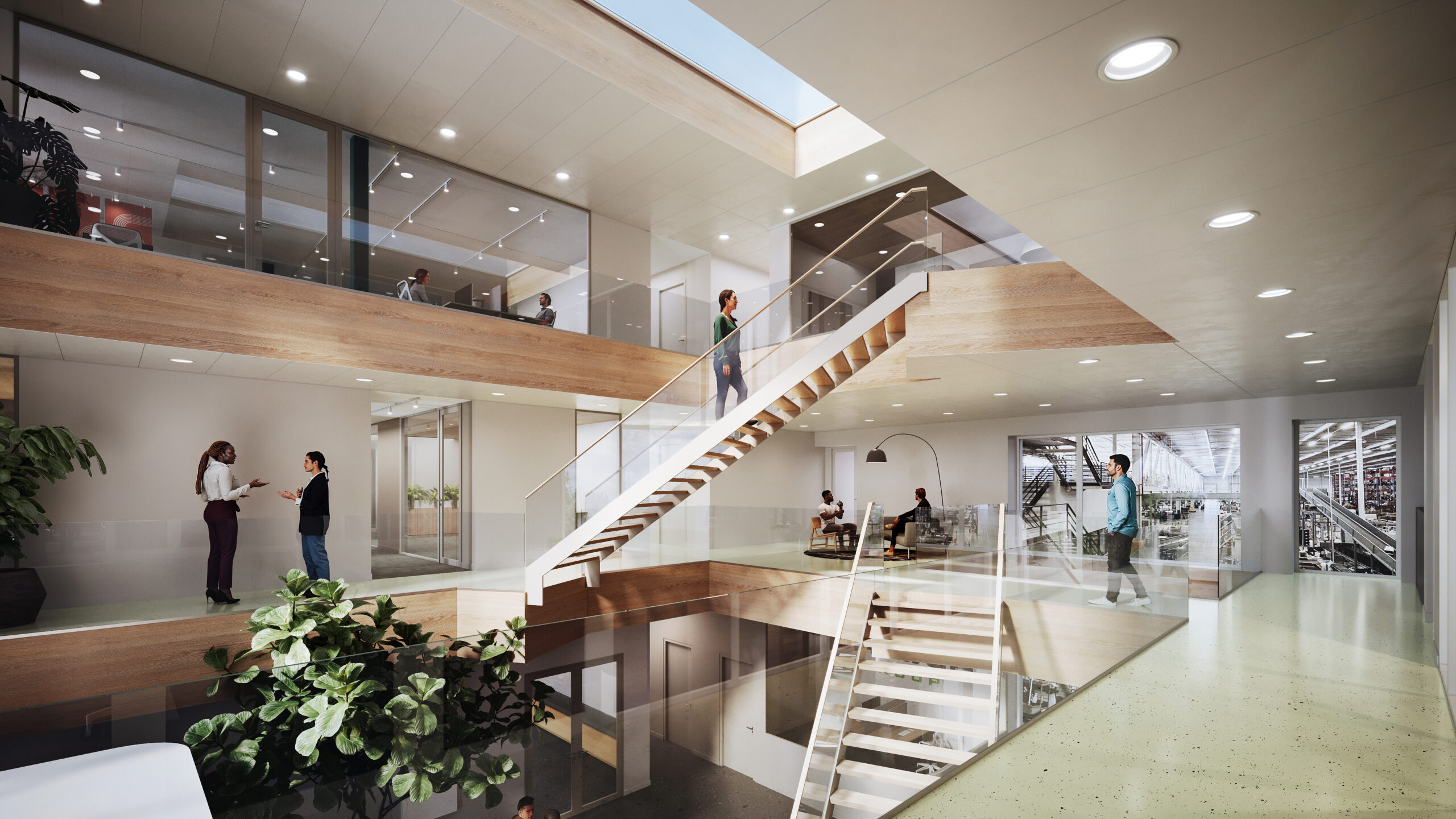
Introduction to archviz 3D characters
In architectural visualization (archviz), 3D characters are becoming an increasingly important tool. These realistic, digital figures help designers create more dynamic and engaging renderings of spaces. Instead of static, lifeless images, adding archviz 3D characters injects movement, scale, and realism into architectural designs. This enhancement allows clients, architects, and interior designers to better understand the potential of a space, both in terms of functionality and aesthetics.
Architectural visualizations are often used to communicate complex design concepts. While floor plans, elevations, and 3D models show the technical details, adding characters brings these spaces to life. Whether it’s a person walking through an office, relaxing in a park, or sitting at a kitchen table, these digital figures make the visualization more relatable and human. As a result, archviz 3D characters are now an integral part of modern architectural presentations.

Enhancing realism in architectural visualizations
One of the most significant advantages of using archviz 3D characters is the realism they add. Architectural renderings can look sterile and empty without the presence of people. By including 3D characters, designers can simulate the way a space will look when it is actually occupied. This inclusion makes a rendering feel like a real-world environment, not just a design concept.
For example, imagine a 3D rendering of an office building. Without people, it might look like an empty shell. But once you add characters, it becomes clear how the space will function. You can see how much space there is for movement, how people interact with furniture, and how light and shadow play in different parts of the room. This level of detail helps viewers understand the design’s potential and impact on the people who will use it.

Showcasing scale and proportions
When clients or stakeholders view an architectural visualization, understanding the scale and proportions of the space is essential. Without a point of reference, it’s hard to grasp the true size of a room or building. This is where archviz 3D characters can be invaluable. By including characters of realistic size, designers provide a clear reference point that helps viewers perceive the scale of the space more accurately.
For instance, in an office lobby design, 3D characters can show how tall the ceilings feel and how spacious the room will appear when filled with people. Similarly, in residential designs, characters can demonstrate how large or small living areas are, or how many people can comfortably fit in a room. This visual reference helps clients make more informed decisions about how the design will serve their needs.

Improving client engagement and decision-making
Architectural visualizations are not just about showcasing a design. They are tools for communication, helping clients understand and connect with the vision of the space. The addition of archviz 3D characters enhances this process by making the visualization more engaging and immersive.
When clients see a design populated with 3D characters, they can more easily imagine themselves in the space. This emotional connection helps them visualize their daily experiences, whether it’s working in an office or living in a home. Seeing people interacting with the space can help clients evaluate functionality, flow, and comfort. For example, a character sitting at a desk or lounging on a sofa can demonstrate how comfortable and practical the furniture arrangement is.
Moreover, the presence of characters allows clients to quickly identify any potential issues in the design, such as awkward furniture placements or insufficient circulation space. This, in turn, can speed up the decision-making process, ensuring that the design meets their needs before any construction begins.

Visualizing different scenarios with archviz 3D characters
Another benefit of using archviz 3D characters is the ability to visualize different scenarios. Architects and designers can show how a space will function at various times of day, in different lighting conditions, or with various types of users. For instance, in a commercial office building, 3D characters can depict employees working at desks, meeting in conference rooms, or taking breaks in the lounge area.
By using 3D characters in these scenarios, designers can explore the way a space will feel during different activities. Will there be enough natural light during the afternoon? Does the layout support collaboration? How do different elements of the design work together when people use the space? These are just a few questions that can be answered by adding characters to the visualization.

Creating emotional connections with archviz 3D characters
One of the most powerful aspects of incorporating 3D characters into architectural visualizations is the emotional connection they help create. Spaces are not just physical entities; they also evoke feelings and experiences. By adding characters, designers can communicate the intended atmosphere of the space. Whether it’s a peaceful residential retreat, a vibrant office, or a bustling shopping mall, characters help convey the emotional tone.
For example, showing a group of friends laughing in a living room or colleagues collaborating in a meeting space makes the environment feel more inviting and functional. This emotional resonance can play a key role in getting approval for a project. Clients are more likely to connect with a space when they can visualize how it will make them feel.

Streamlining the design process
Using archviz 3D characters doesn’t just benefit clients; it also helps architects and designers throughout the design process. With 3D characters, designers can quickly test out different design ideas and see how they affect the flow and functionality of a space. This allows for faster iteration and more effective problem-solving.
For instance, if a designer is unsure about the placement of furniture in a room, adding a few 3D characters can help them assess the situation. Characters can simulate how a person moves through the space and how they interact with the furniture. If any issues arise, the design can be adjusted accordingly.

The future of archviz 3D characters
As technology continues to advance, the role of archviz 3D characters will likely become even more sophisticated. With the rise of virtual reality (VR) and augmented reality (AR), we may soon see 3D characters in interactive, immersive environments where clients can walk through spaces and interact with the design in real-time. This will create even more realistic and engaging experiences, helping clients make better, more informed decisions.

Conclusion: the power of archviz 3D characters
In conclusion, archviz 3D characters are a powerful tool in architectural visualization. They enhance realism, improve client engagement, and help designers evaluate the functionality of a space. By adding people to renderings, architects and designers can provide a more accurate and relatable representation of their designs. These characters help visualize scale, proportions, and usage scenarios, making the design process more efficient and effective. As technology continues to evolve, the impact of 3D characters in architectural visualization will only grow, providing even more innovative ways to communicate design concepts and create meaningful, user-centered spaces.

At nofuss we consider ourselves to be office visualization experts. Therefore, we invite you to see more similar office visuals below:
